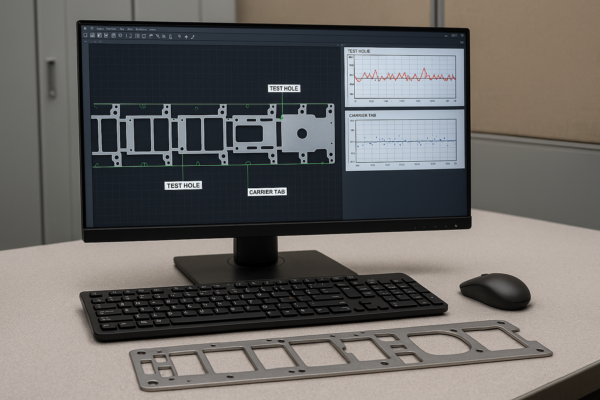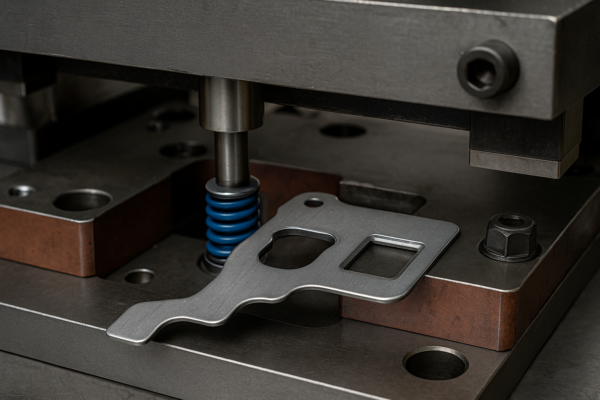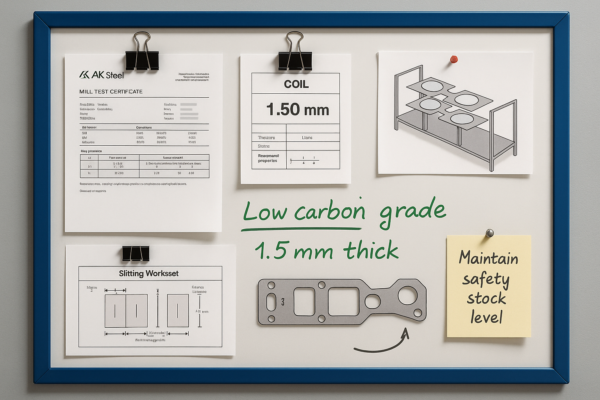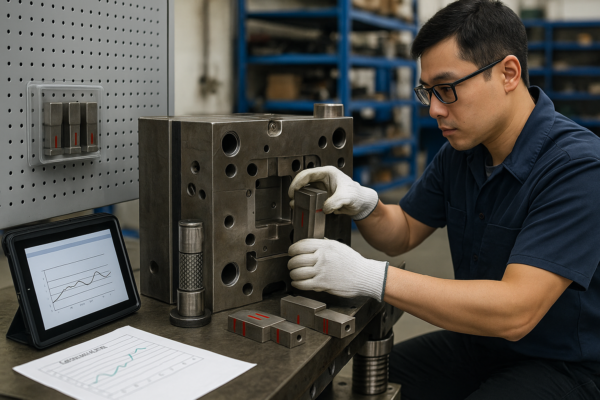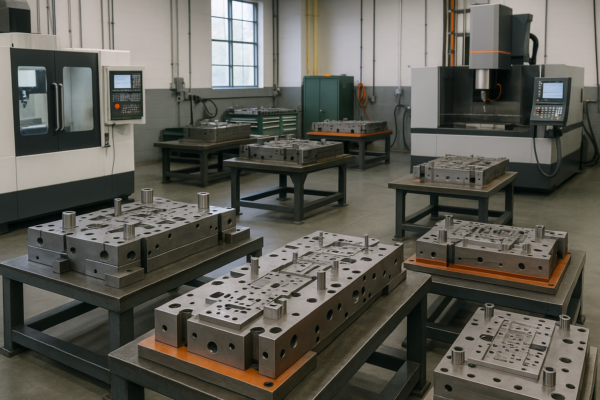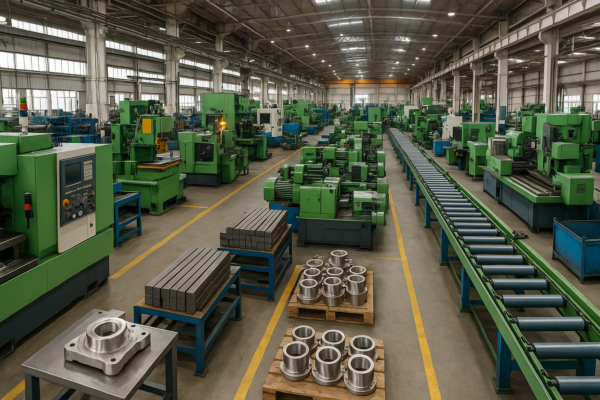What are the three 3 types of metal fabrication?
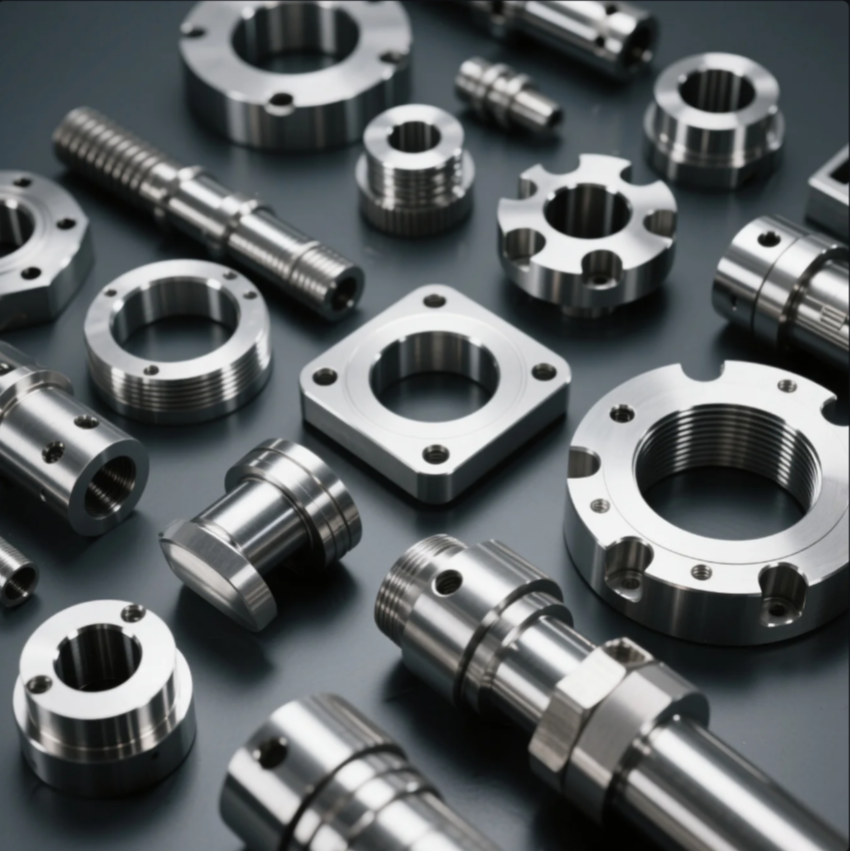
Confused about metal fabrication methods for your next project?
The three core types of metal fabrication are cutting, forming, and assembling. These steps turn raw material into functional metal parts for industrial use.
Many engineers and buyers mix up these techniques or focus on just one. I’ll explain each clearly—so you can choose the best process and supplier.
What are the 3 main fabrication techniques?

It’s easy to get lost in technical terms or equipment names.
Metal fabrication involves three main techniques: cutting, forming, and assembling. Each technique plays a different role in shaping metal parts.
At Prime, we integrate all three using advanced equipment and certified workflows. This gives you better lead times and tighter control over quality and cost.
Overview of the 3 Fabrication Techniques
| Technique | Process Examples | Common Use Cases |
|---|---|---|
| Cutting | Laser, plasma, shearing | Creating part outlines from sheets |
| Forming | Bending, rolling, stamping | Shaping parts without material loss |
| Assembling | Welding, screwing, riveting | Building complete products |
Each process requires skilled operators and precise setups. We assign expert teams to each production phase to ensure consistent output.
What are the 5 sheet metal operations?

Many buyers don’t realize how complex sheet metal work can be.
Five common sheet metal operations are shearing, punching, bending, forming, and joining. Each operation modifies the material in a specific way.
Prime’s custom stamping part production uses all five techniques. Our 10 in-house production lines handle small batches or mass orders efficiently.
Common Sheet Metal Operations
| Operation | Function |
|---|---|
| Shearing | Cutting large sheets into workable sizes |
| Punching | Creating holes or shapes using die sets |
| Bending | Forming angles with a press brake |
| Forming | Curving or shaping without cutting |
| Joining | Welding or fastening parts together |
By combining these steps, we produce brackets, enclosures, and housings with consistent tolerances and finish quality.
What is basic metal fabrication?
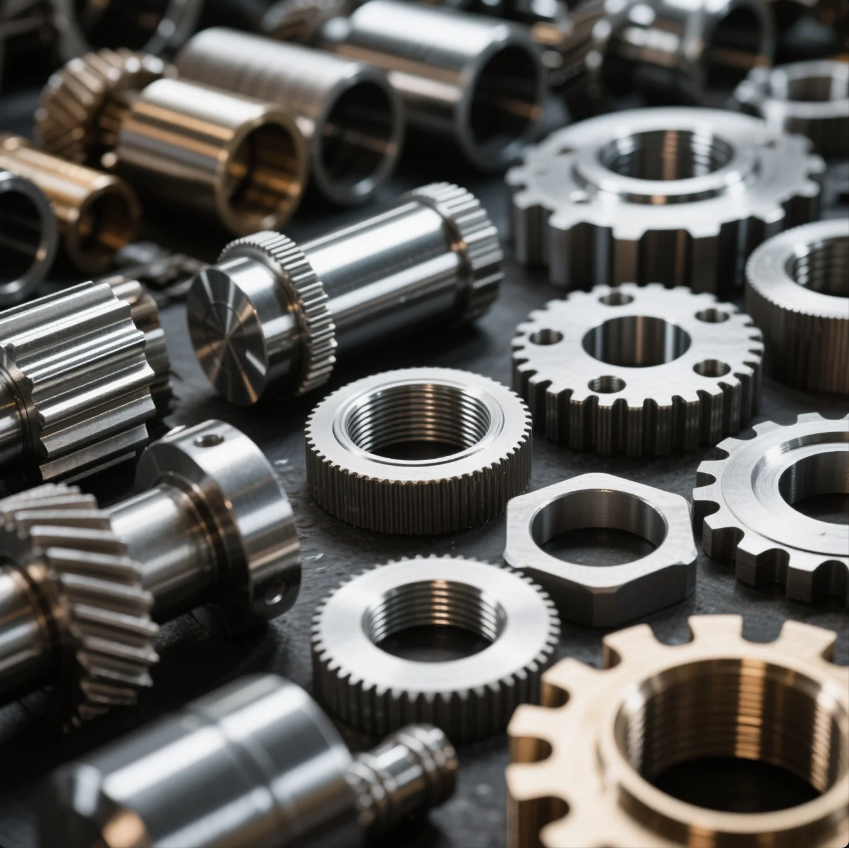
New buyers often ask what counts as “basic” fabrication.
Basic metal fabrication includes cutting, shaping, and joining metal materials into usable products. It supports everything from furniture to machinery.
At Prime, we make ISO-certified CNC and stamping parts used in industries like electronics, energy, and construction.
Basic Metal Fabrication Workflow
| Stage | What Happens |
|---|---|
| Material Prep | Selecting and cutting raw sheet or billet |
| Shaping | Bending or machining to match design |
| Joining | Welding or screwing parts together |
| Finishing | Coating or polishing surfaces |
| Packaging | Boxing parts securely for shipment |
We simplify this workflow using integrated systems, reducing delays and miscommunication. That means you get your parts faster and with fewer errors.
What are the 3 metal fabrication techniques?
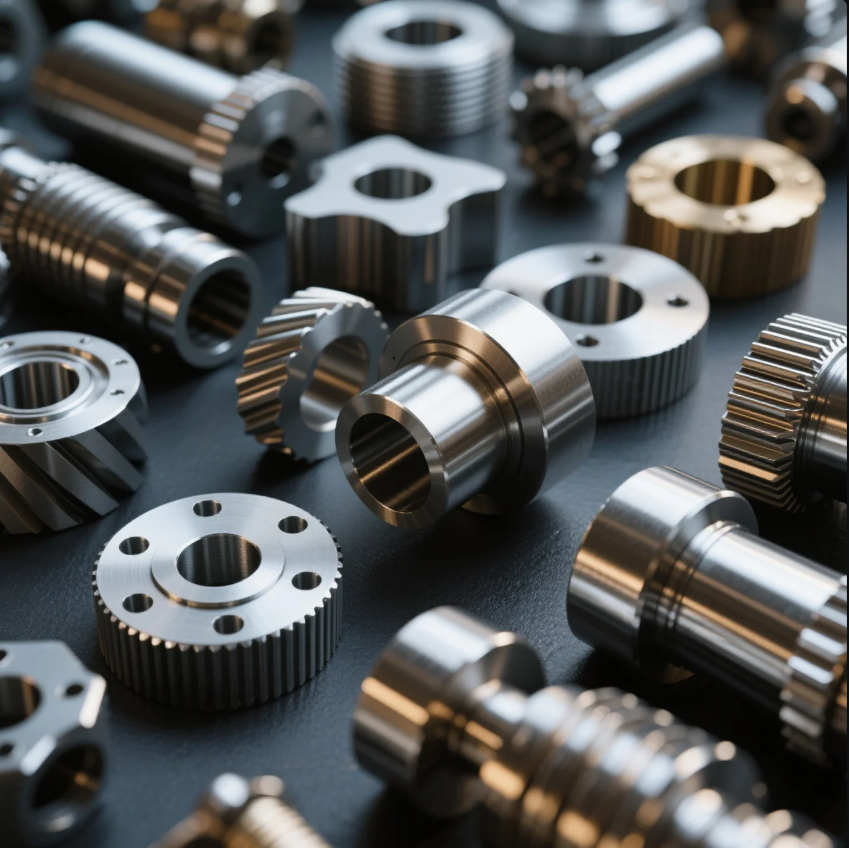
Buyers often see different terms for the same processes.
The three techniques—cutting, forming, assembling—stay the same across most applications, but methods differ by equipment and material.
Prime adjusts our fabrication technique based on your drawings, tolerances, and volume needs. Whether you need precision CNC work or fast bulk stamping, we’ve got the right process.
Fabrication Technique Deep Dive
| Technique | How It Works | Equipment Used |
|---|---|---|
| Cutting | Material removal along lines or patterns | Laser, plasma, waterjet |
| Forming | Deforming metal to new shapes | Press brake, rollers, stamping die |
| Assembling | Connecting components into final product | Welders, riveters, fasteners |
Choosing the right method reduces cost and speeds up production. We often help buyers redesign parts to fit better processes.
Conclusion
The 3 metal fabrication types are cutting, forming, and assembling.
Need help choosing the right fabrication method? Contact Prime today for expert guidance, ISO-certified parts, and fast quotes. Our team supports global clients with efficient, high-quality processing for casting, CNC, and sheet metal parts. Visit our website to get started.

